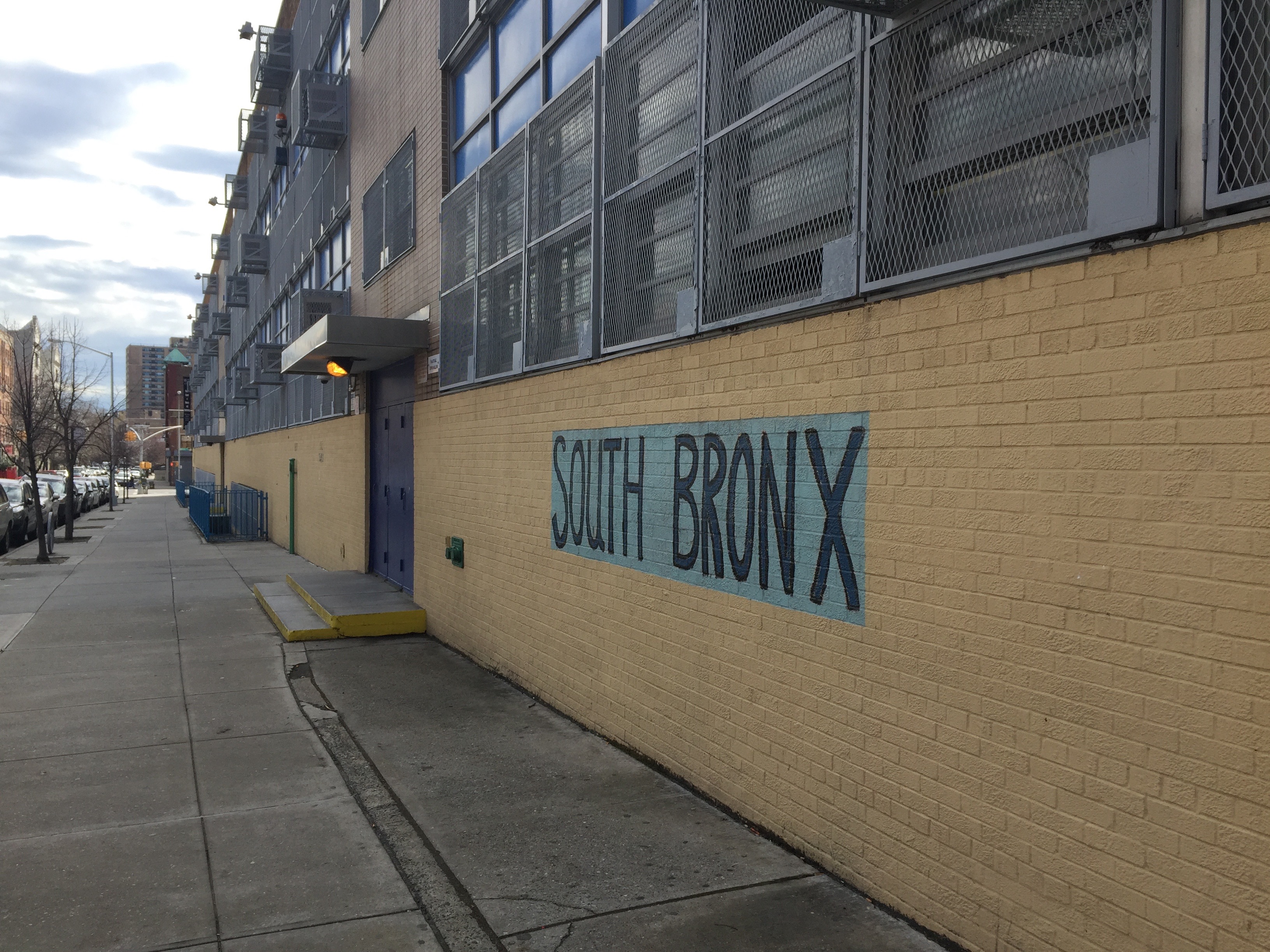How School Counselors are Boosting Graduation Rates

High counselor-to-student ratios have plagued New York City public schools with a statewide average rate of 624 students to every one counselor. But one Department of Education program eases the load on school counselors and allows students to get more focus.
Beginning in the fall, the Single Shepherd program brought in over a hundred specialized school counselors to 50 public schools in the Bronx and Brooklyn. While the American School Counselor Association recommends a typical caseload for one counselor as 250 students, the Single Shepherd program maintains a strict 1:100 ratio for the two school districts’ 16,000 students.
For counselors in the program, they say they can better meet the individual needs of their students by having smaller caseloads. Kareen Halstead, Shepherd counselor for 11th graders at South Bronx Preparatory, said she helps her students with simple everyday problems that an overloaded counselor at another school would not have time for.
“If they are struggling with something simple, like, they don’t have a computer, then giving them access to a computer. If they need a pen, giving them access to pen,” said Halstead. “I had two students ask me for a bottle of water, I ran outside to go get the water because they have a history of medical problems that cause them to be thirsty all the time. Just being available and building that relationship and showing that we care about them.”
At South Bronx Preparatory, Halstead is a licensed social worker and she joined the staff along with two other Single Shepherds this fall for the school’s 661 students.
For New York City public school students facing homelessness, they can especially benefit from the individualized care of a Shepherd. Danisha Baughan, who has been a counselor at a Harlem charter high school for the past two years, experienced first hand how difficult it is to help homeless students as a counselor with an overburdened caseload. She said it becomes difficult to motivate students facing homelessness to do well in school when counselors are unable to meet with them as often as they need.
“[Homeless] students focusing on graduation is kind of like the last priority in their brain. They’re figuring out, how am I going to get stability, how am I going to eat tonight, what am I going to wear,” said Baughan. “It really takes a dedicated counselor to solely focus on those needs.”
According to a report by the Institute for Children, Poverty, and Homelessness, one in eight New York City public school students have been homeless at some point in the last five years. That amounts to around 127,0000 public school students.
“If you look at students who’ve experienced homelessness, the educational impacts of homelessness last even after a student becomes stably housed,” said policy analyst for the Institute, Jennifer Erb-Downward.
Single Shepherds face a special challenge in students who have experienced homelessness. Hillary Boynton, the 7th grade Shepherd counselor at South Bronx Prep, said she had to take a special approach with one of her students, 12-year-old Diamond Reddick, who was living in transitional housing.
“Diamond’s a great student, but she had some anger management issues. So I actually organized a family session between her and her mom,” said Boynton.
As a social worker, Boynton can organize family meetings like this. A regular guidance counselor would not have the same kind of jurisdiction.
“We were able to flesh out how the things going on at home which were fueling her anger,” she said, “I wanted to intercept before they got in the way of her school work.”
Since Thanksgiving, Diamond has moved into permanent housing with her family and received honors in all her classes.
But not all students experiencing homelessness are as lucky as Diamond to have a dedicated counselor. The Single Shepherd program only operates in 50 of New York City’s 1,800 public schools and students facing homelessness are much more spread out. At most other city public schools, counselors’ caseloads are too overbearing on their schedules and they may miss out on helping other students. Counselor Danisha Baughan said New York’s ratio of 624 students to every one counselor does a disservice to underserved neighborhoods.
“Where there is a high population of English language learners, a high population of special education students, a high population of homeless [students] and teen pregnancy…that ratio won’t work. It just won’t,” said Danisha Baughan.



